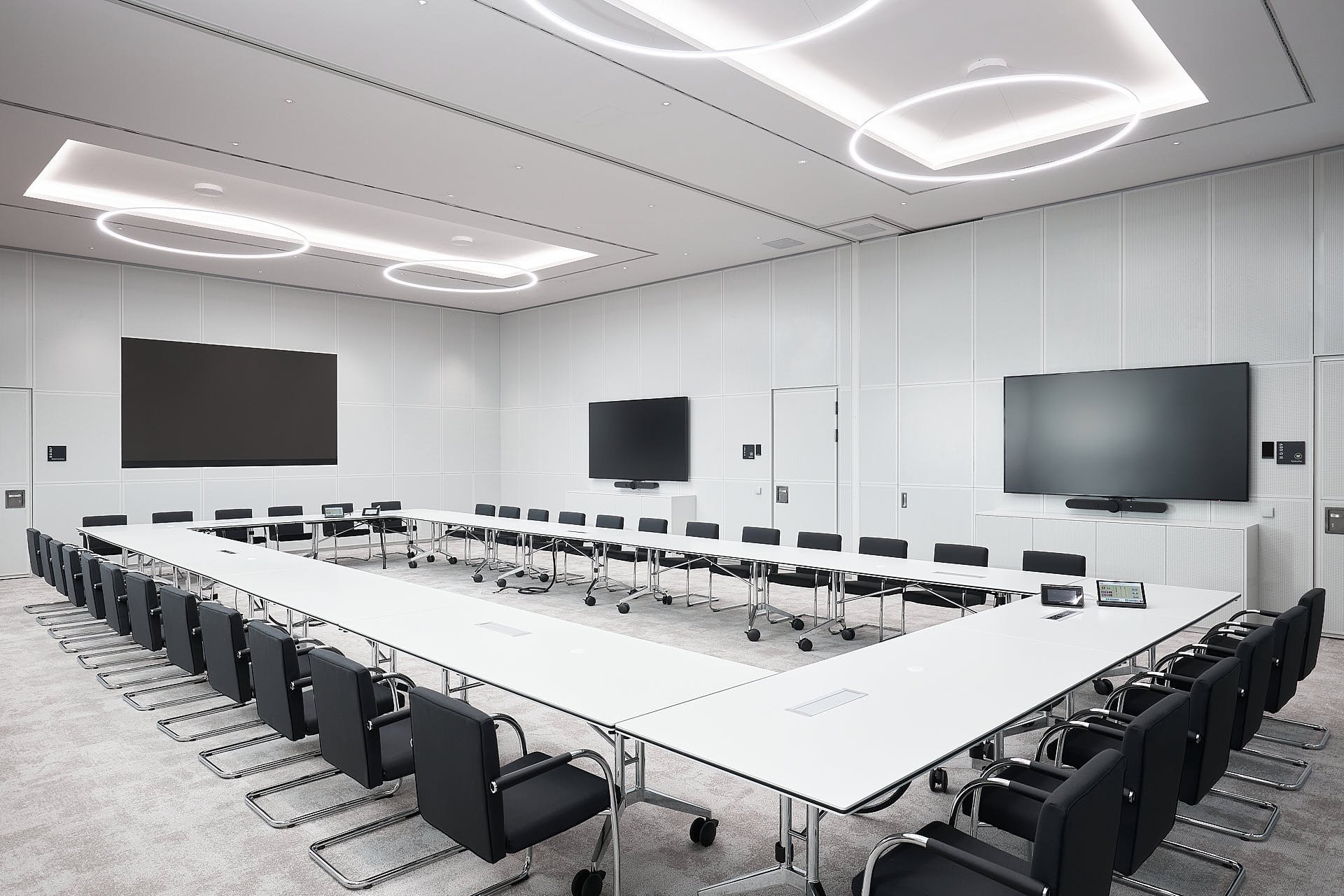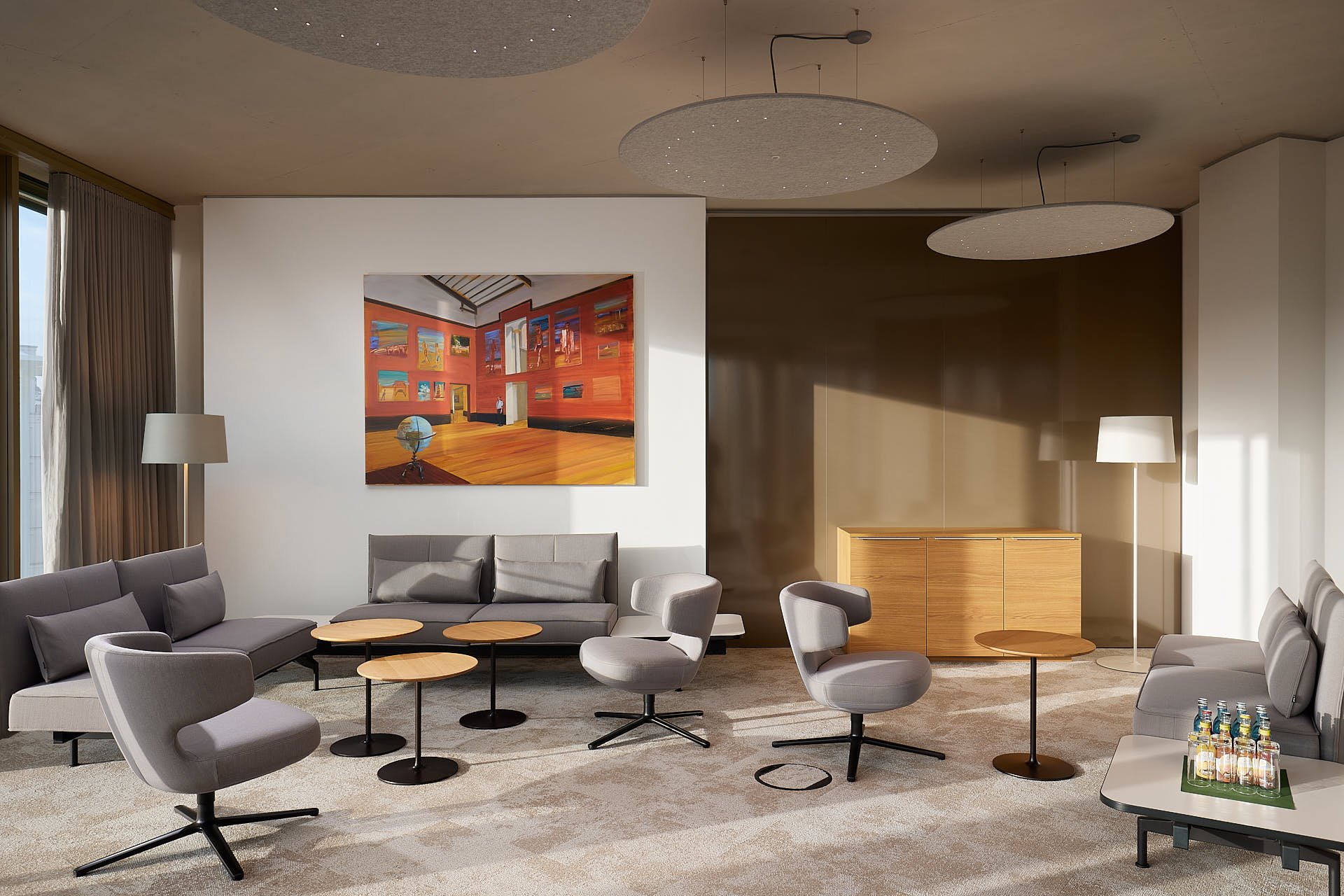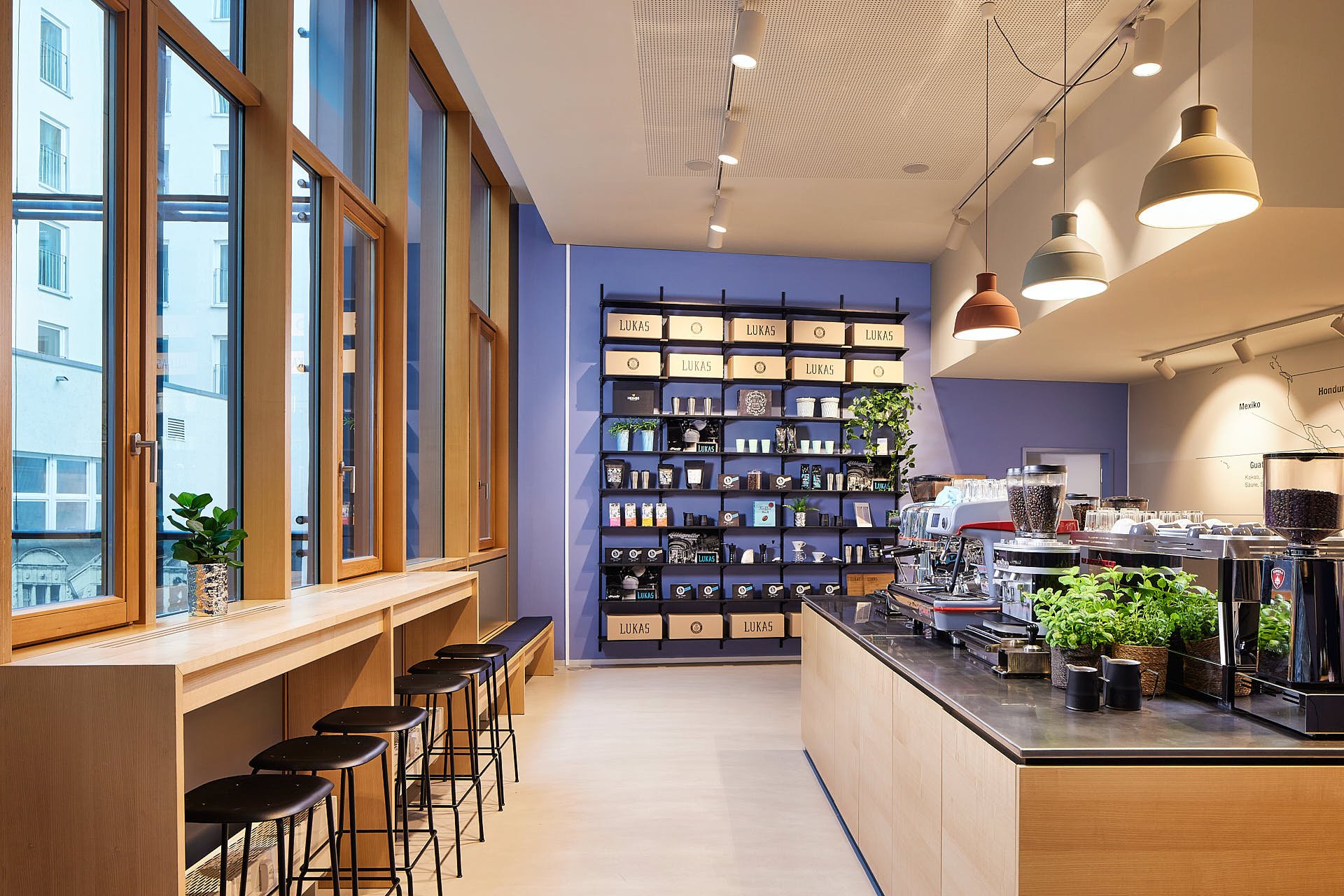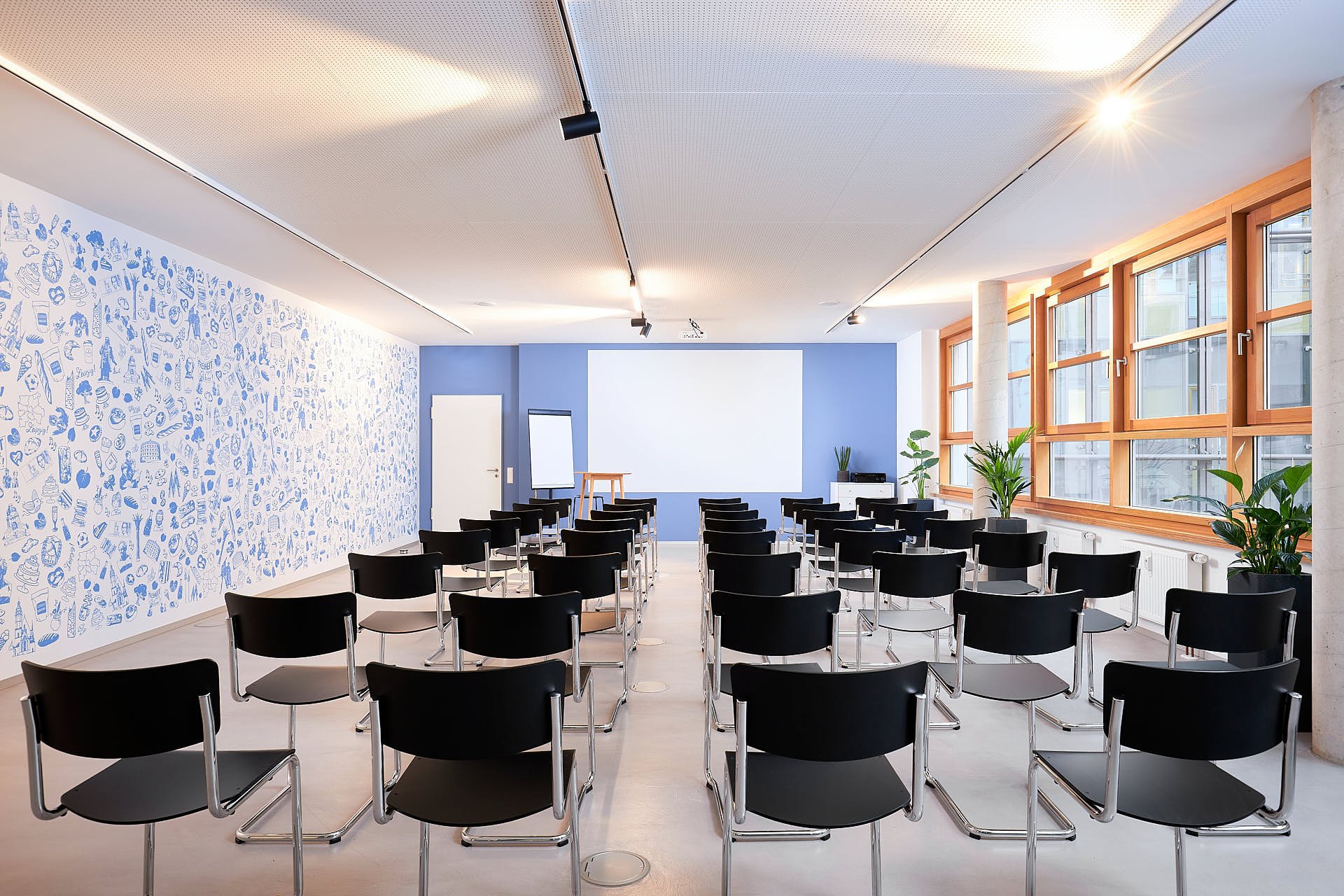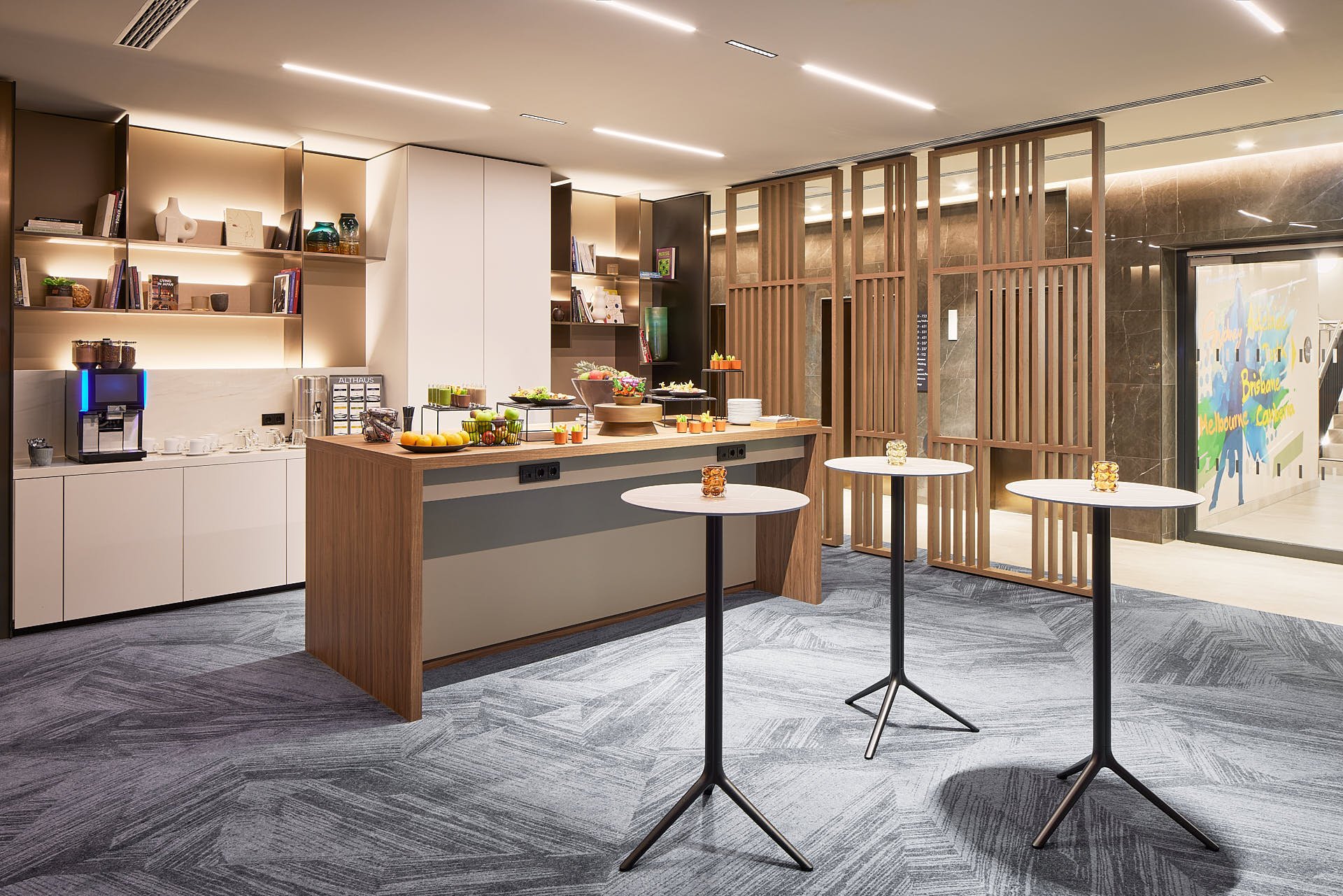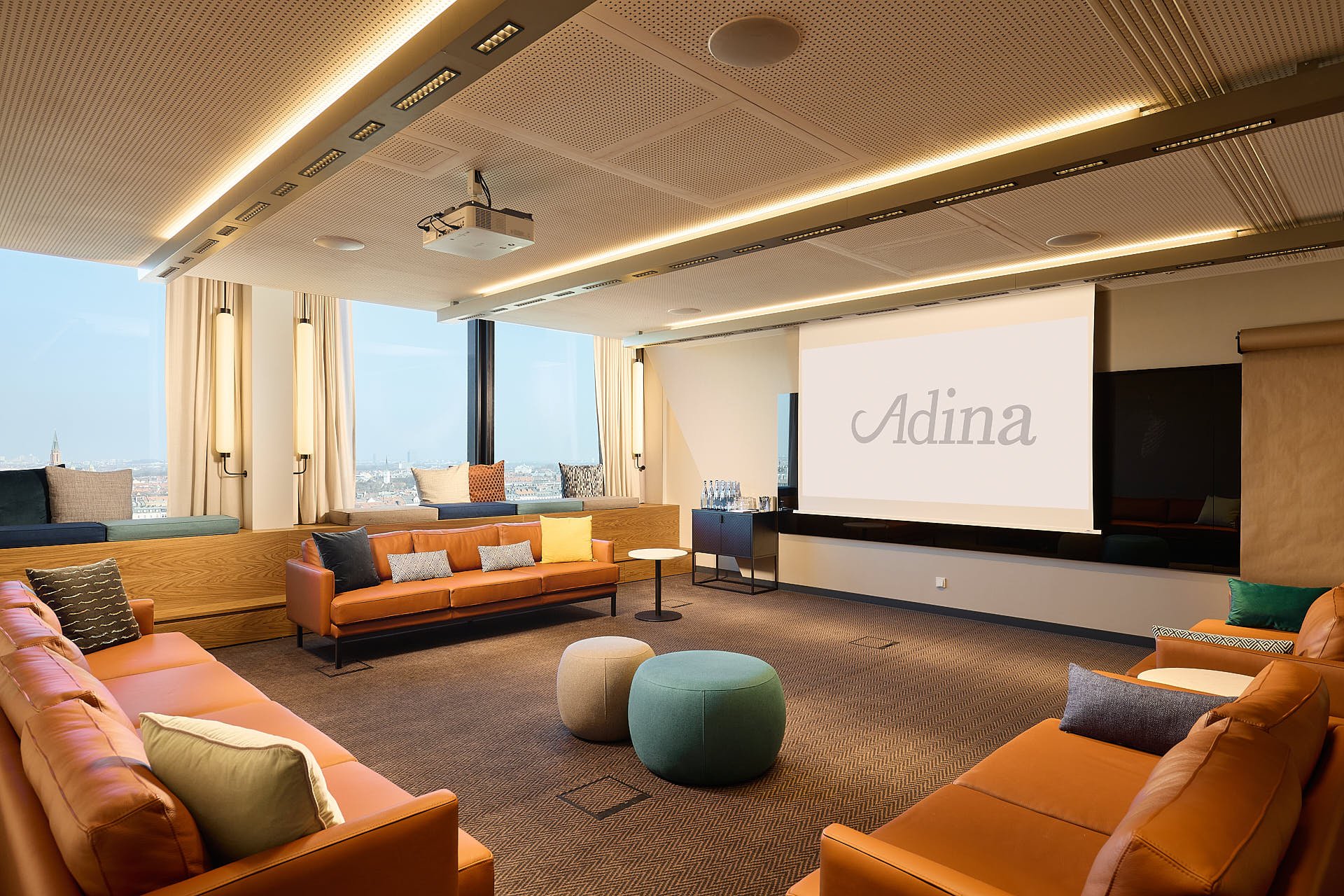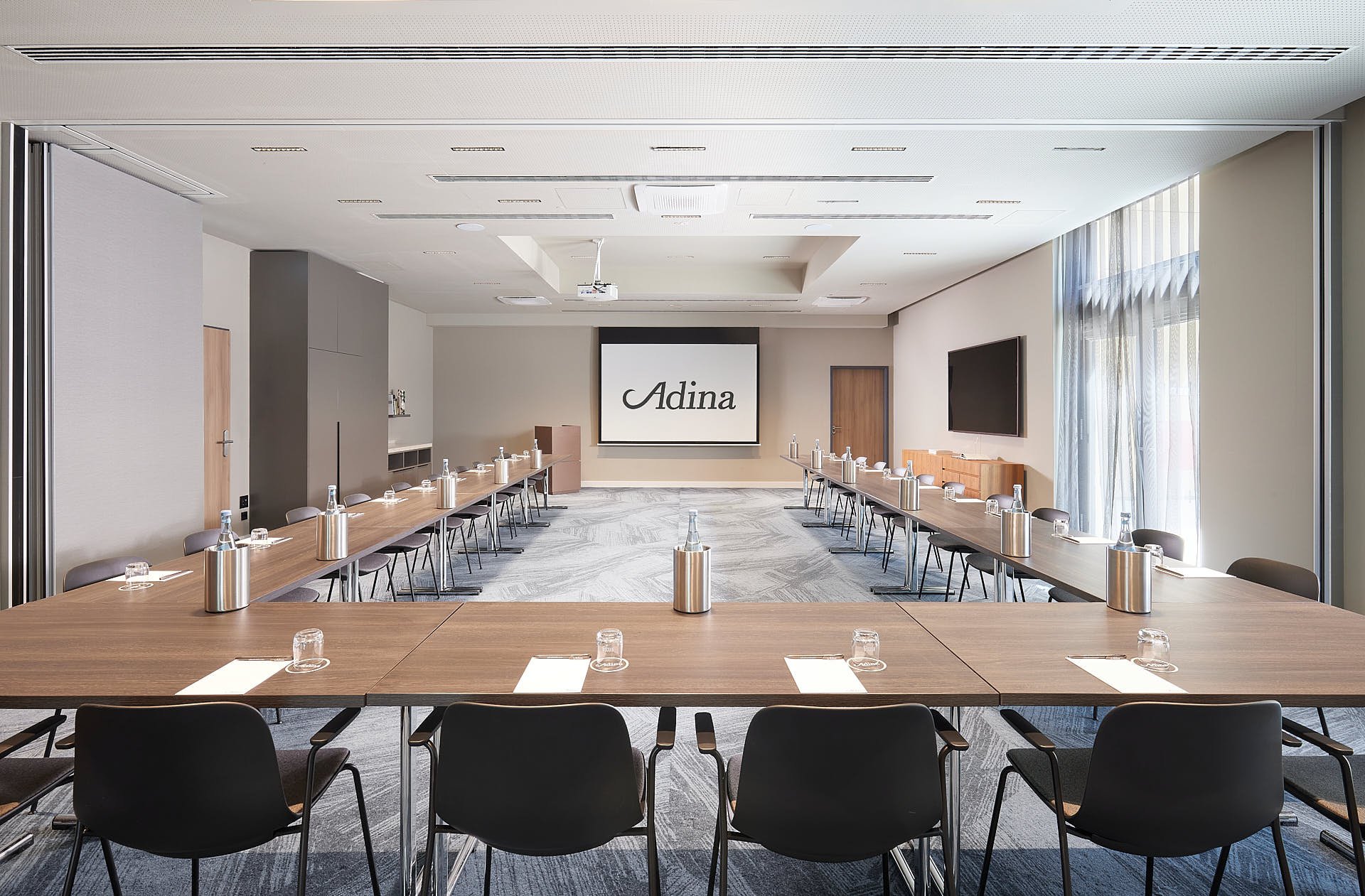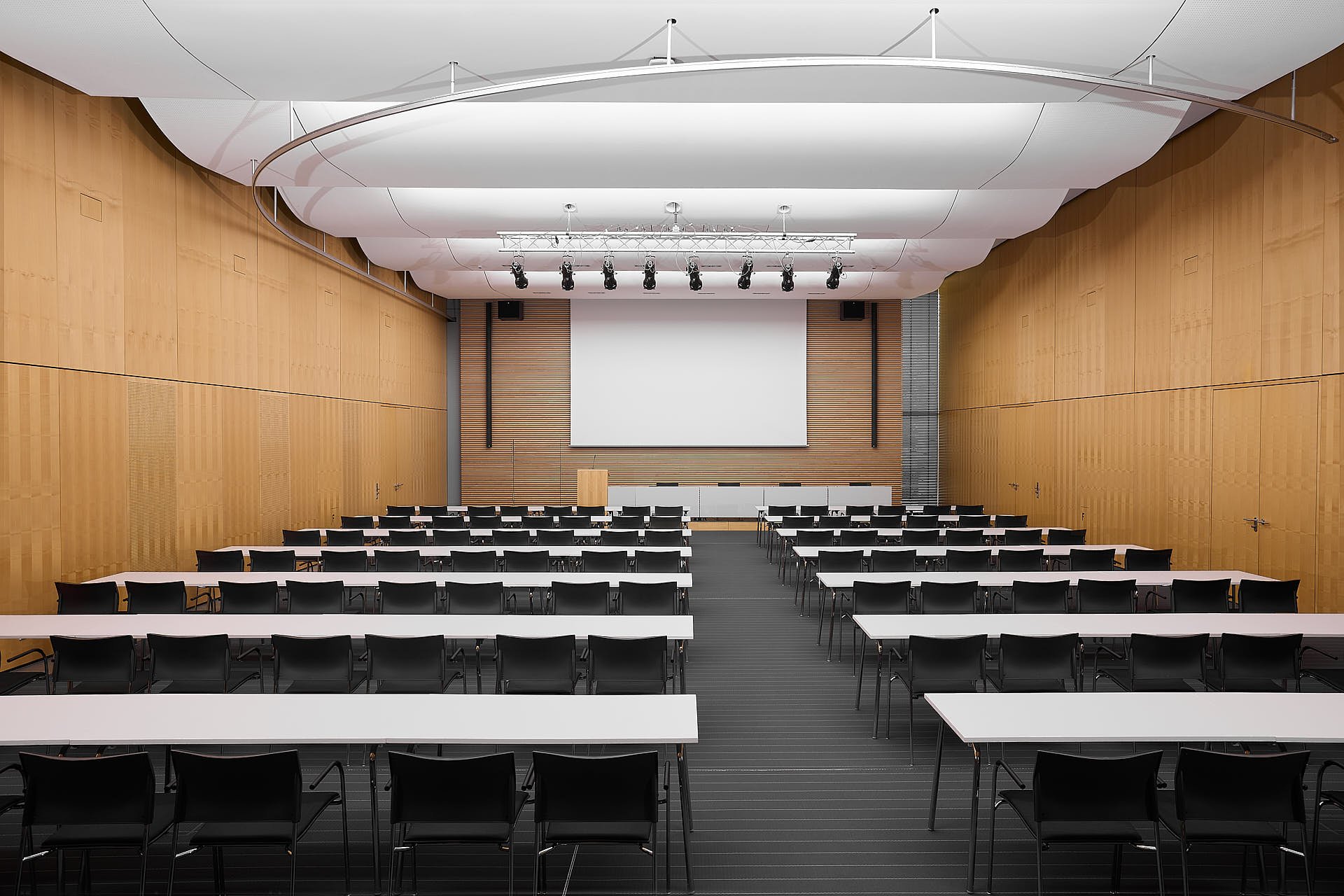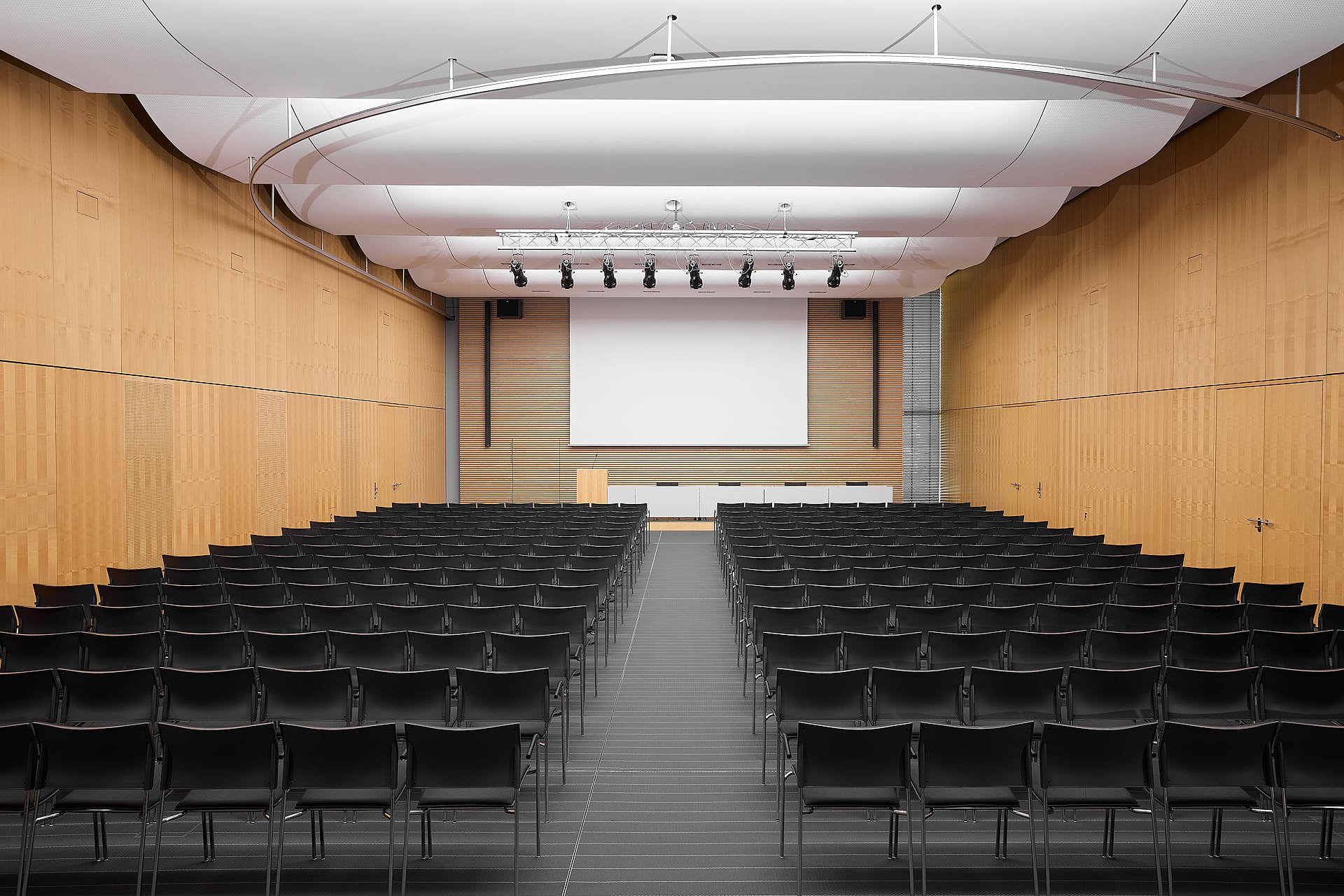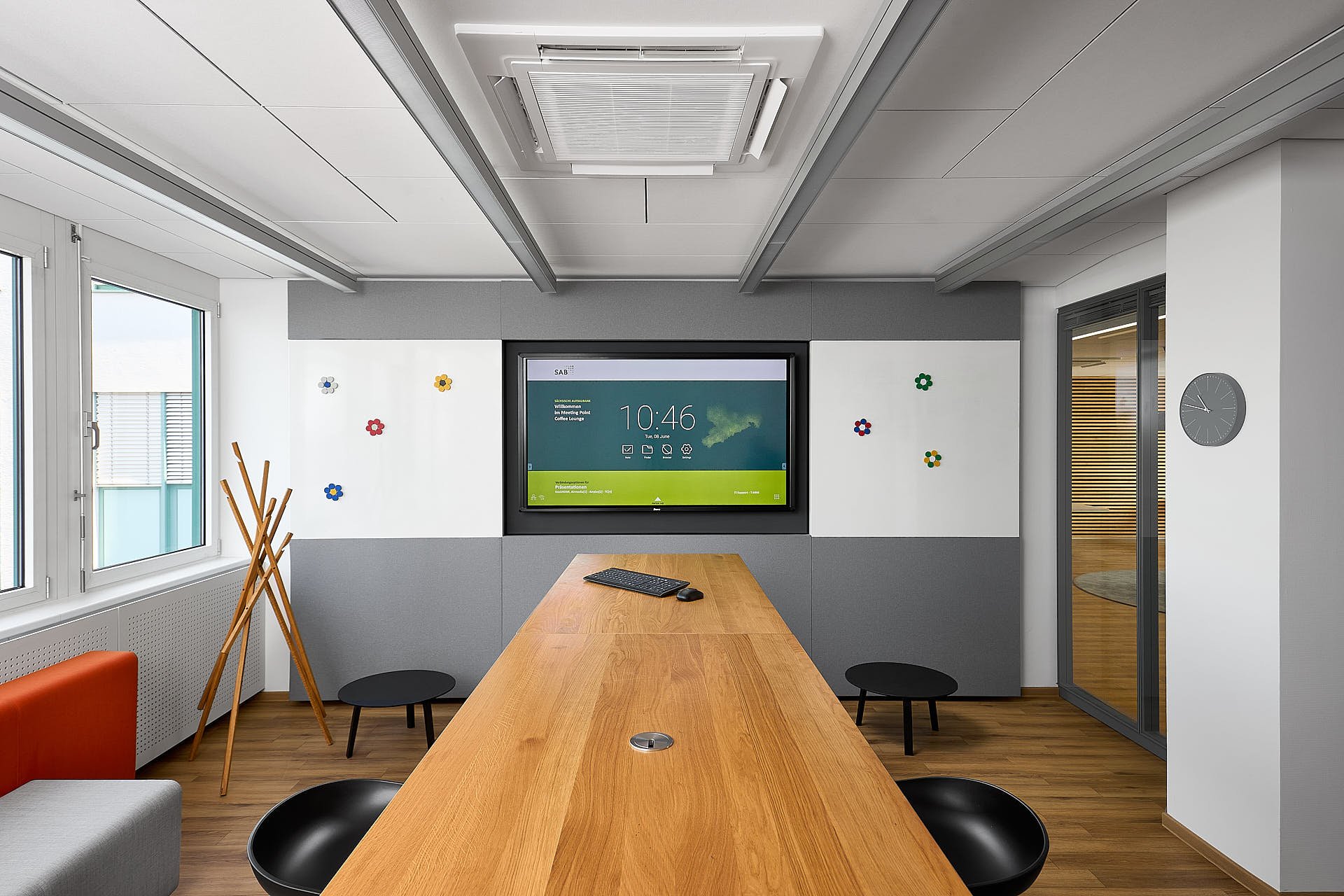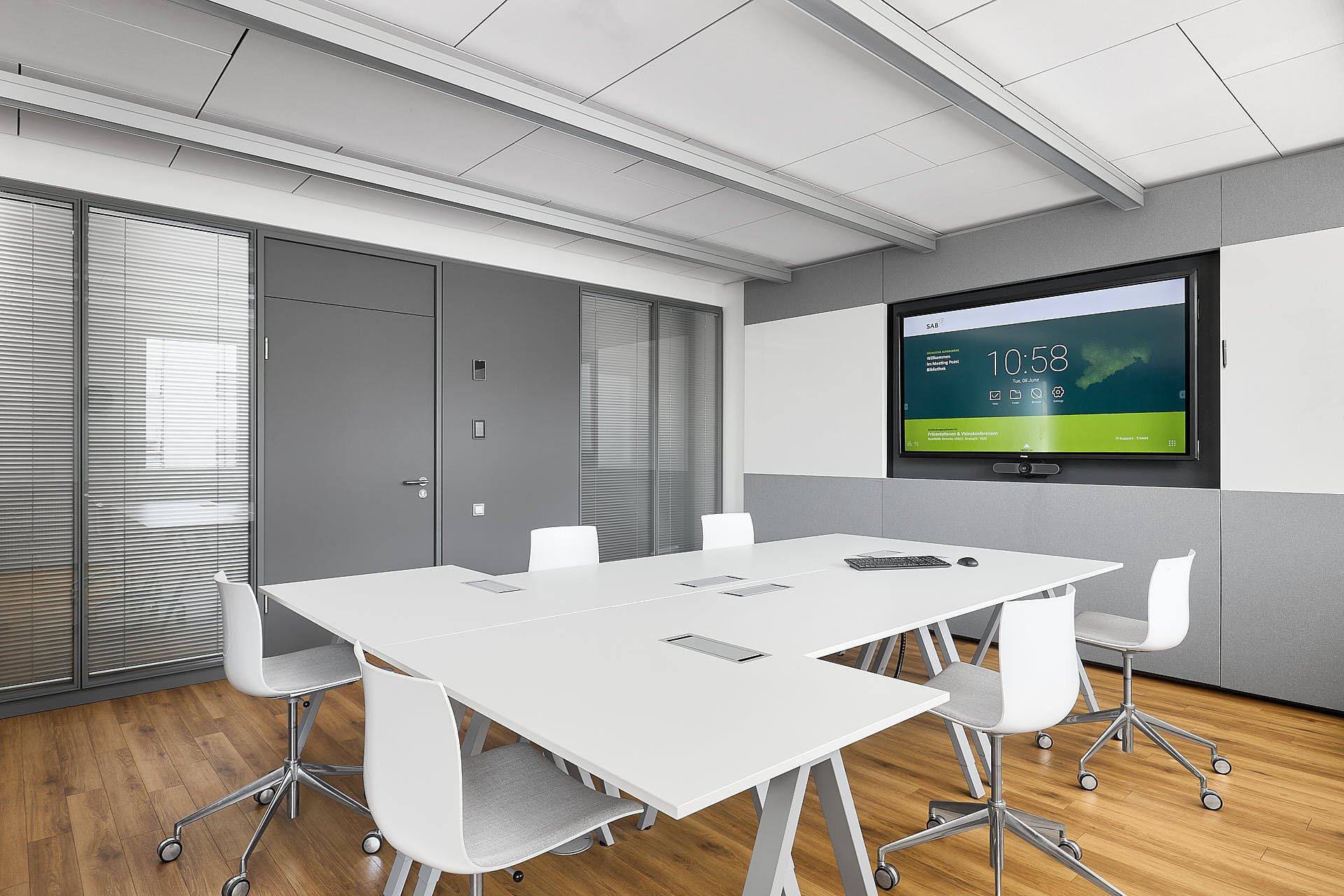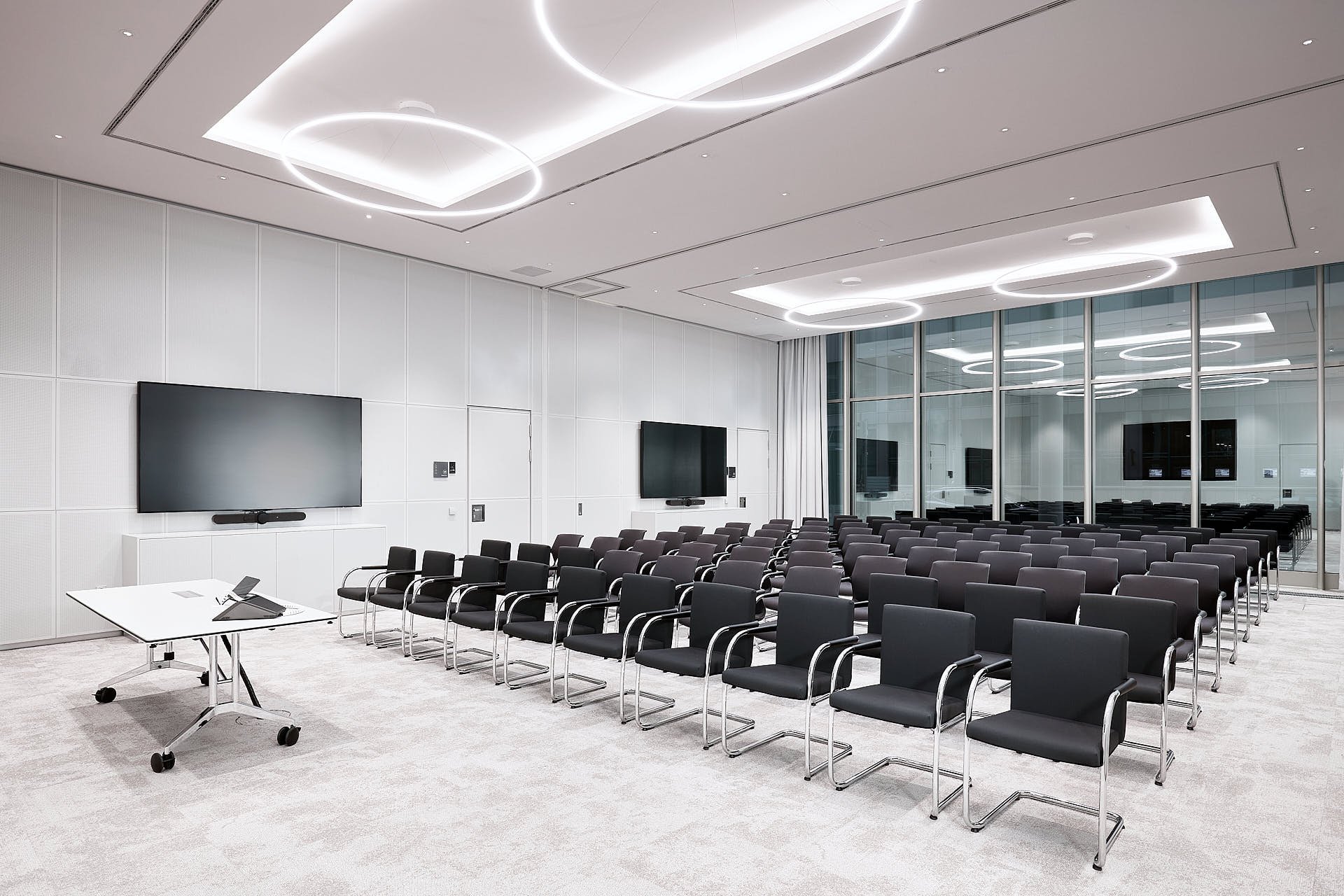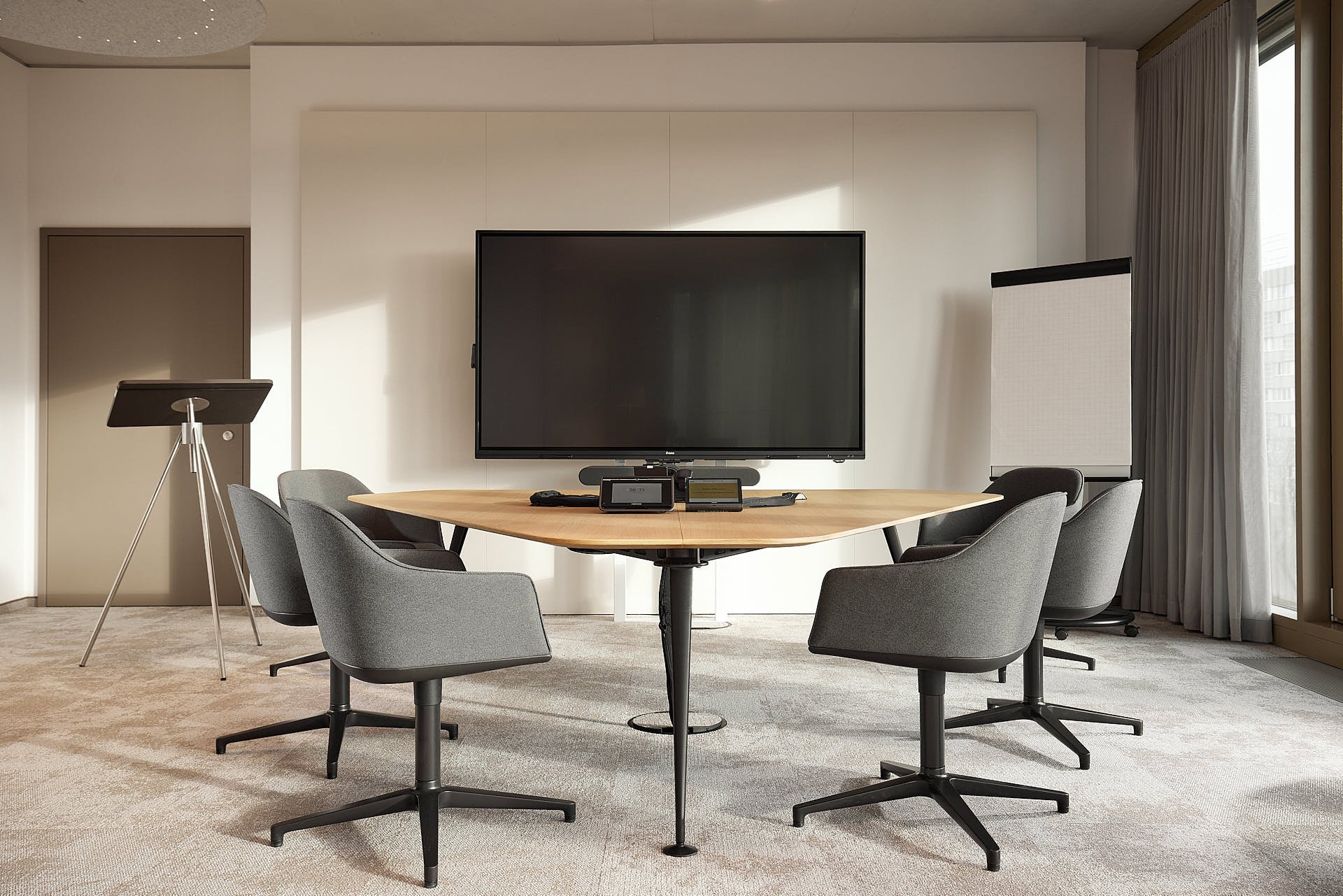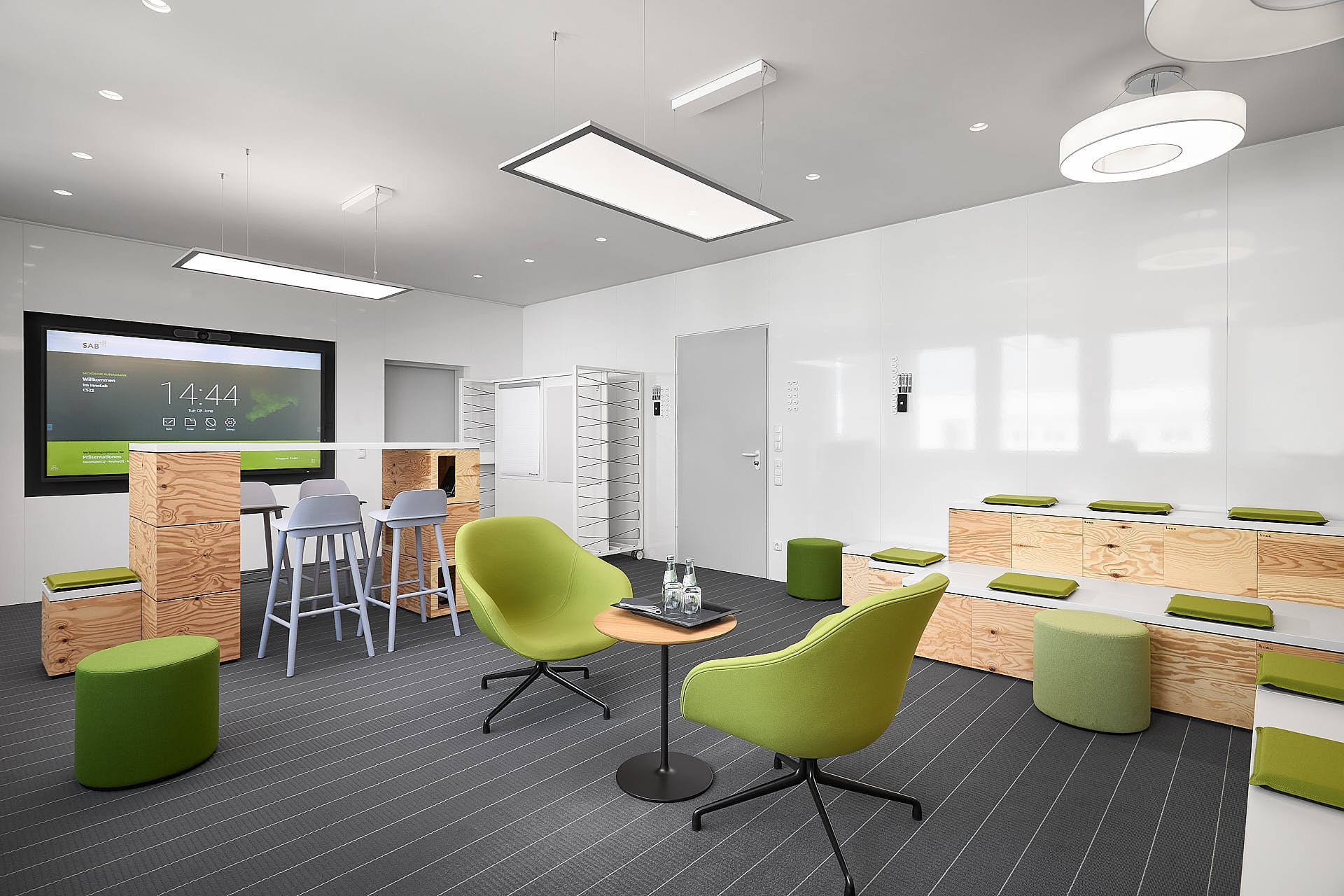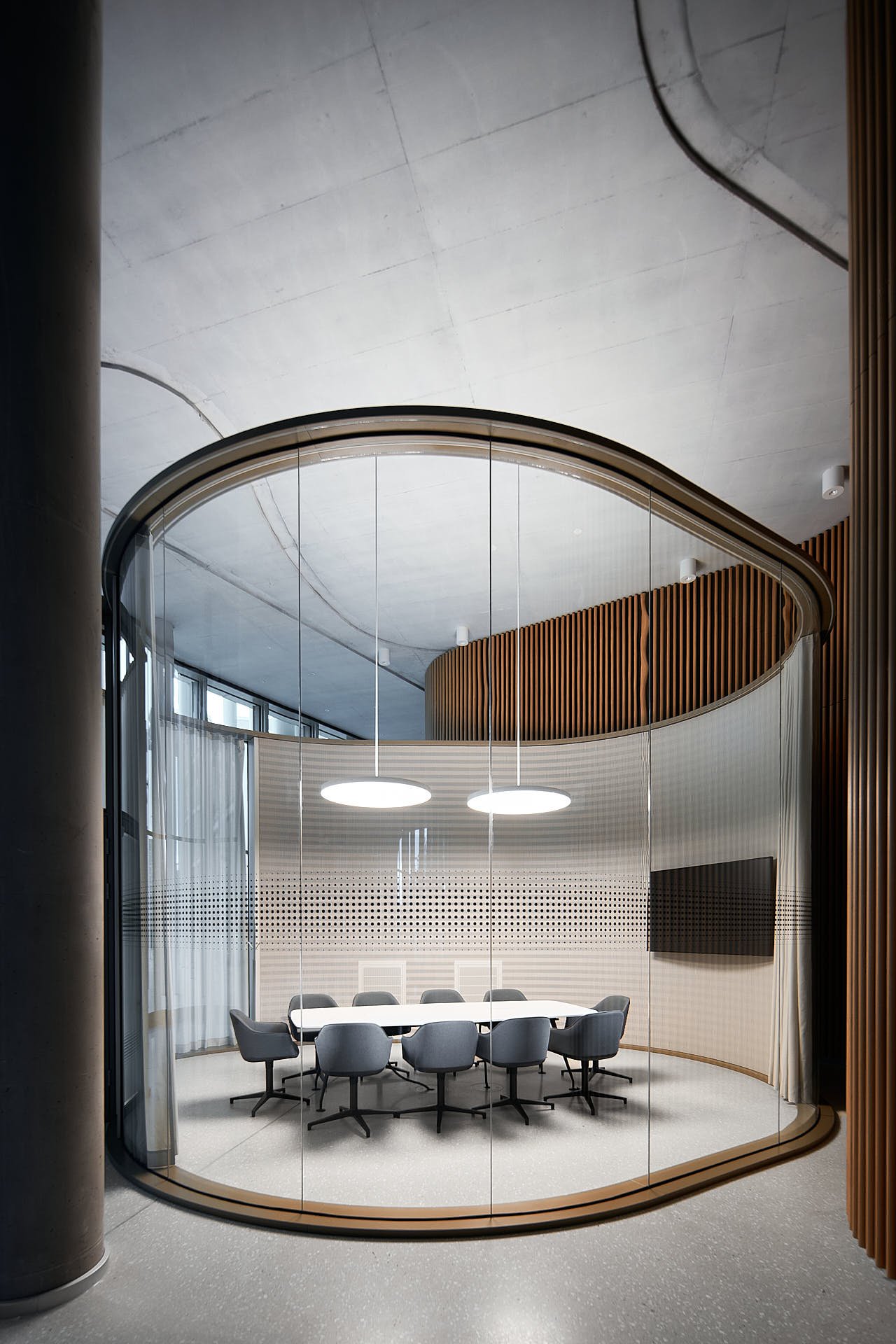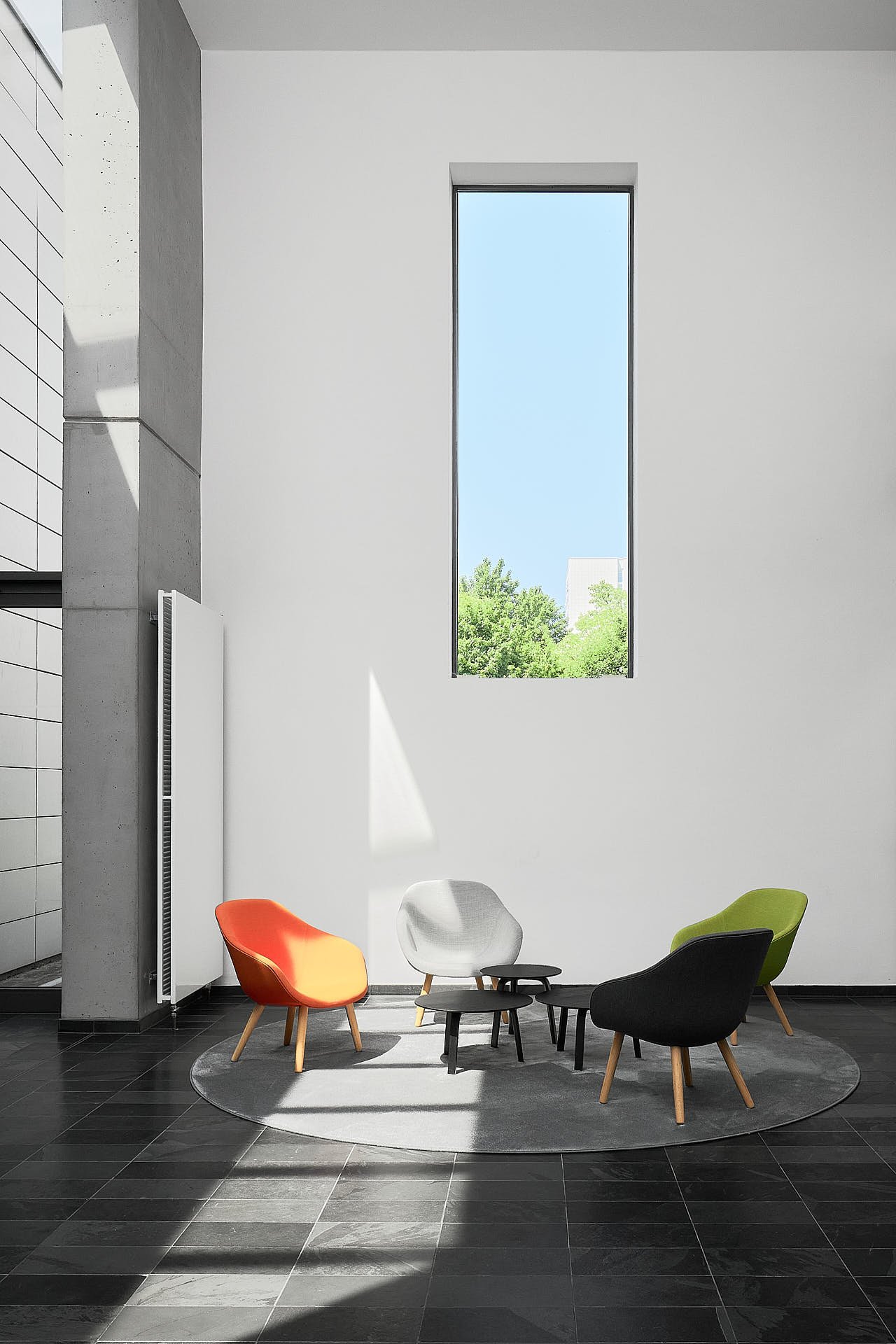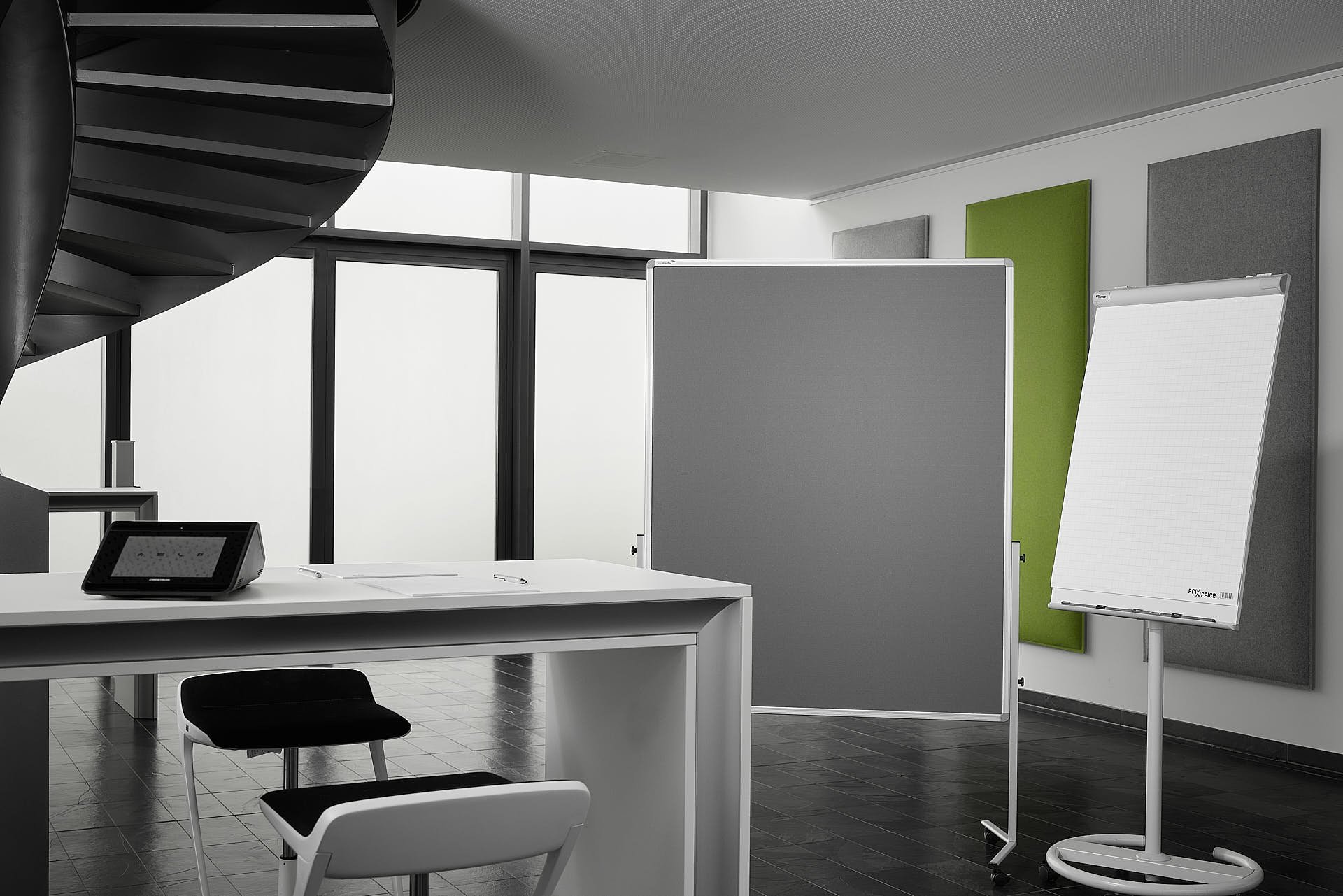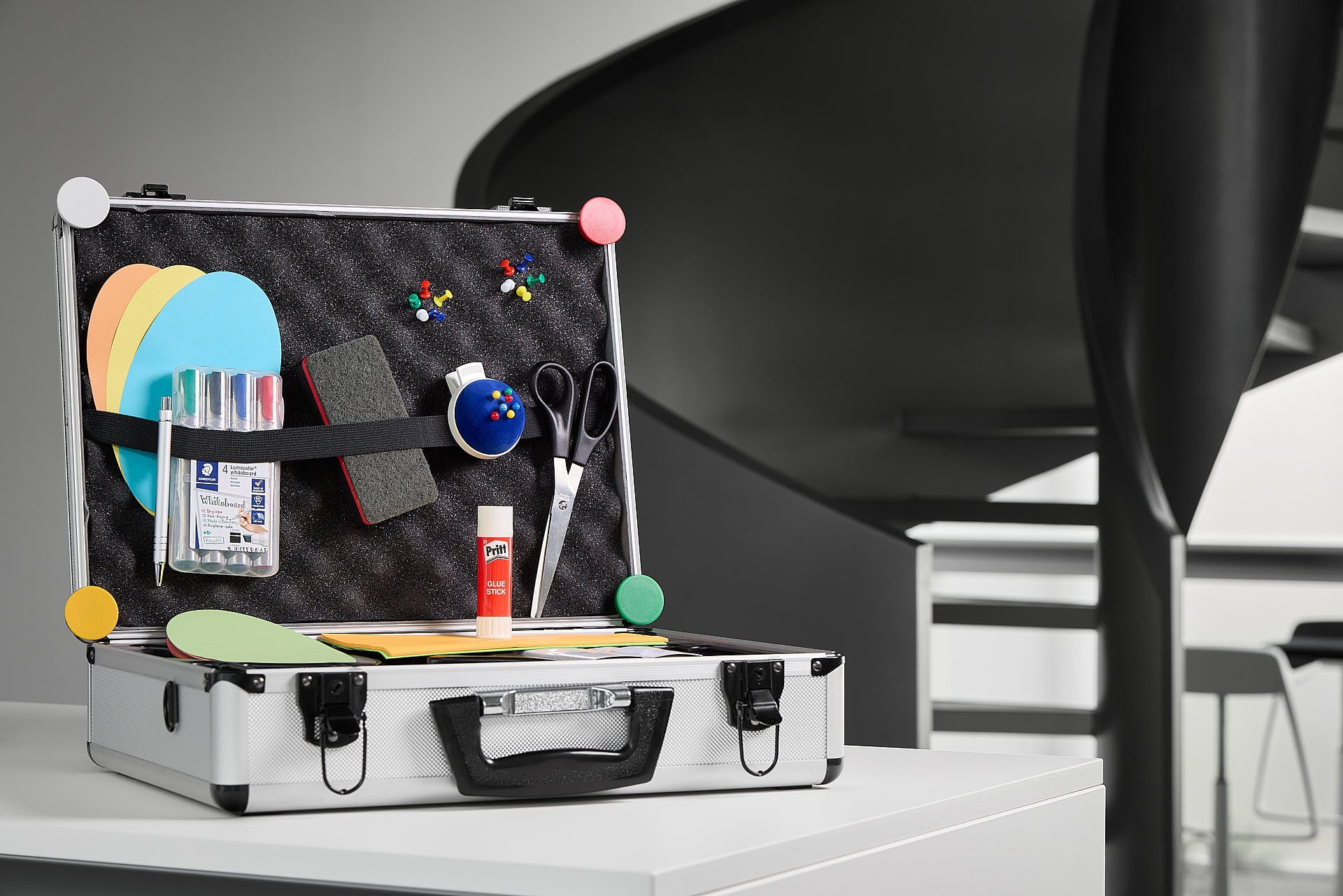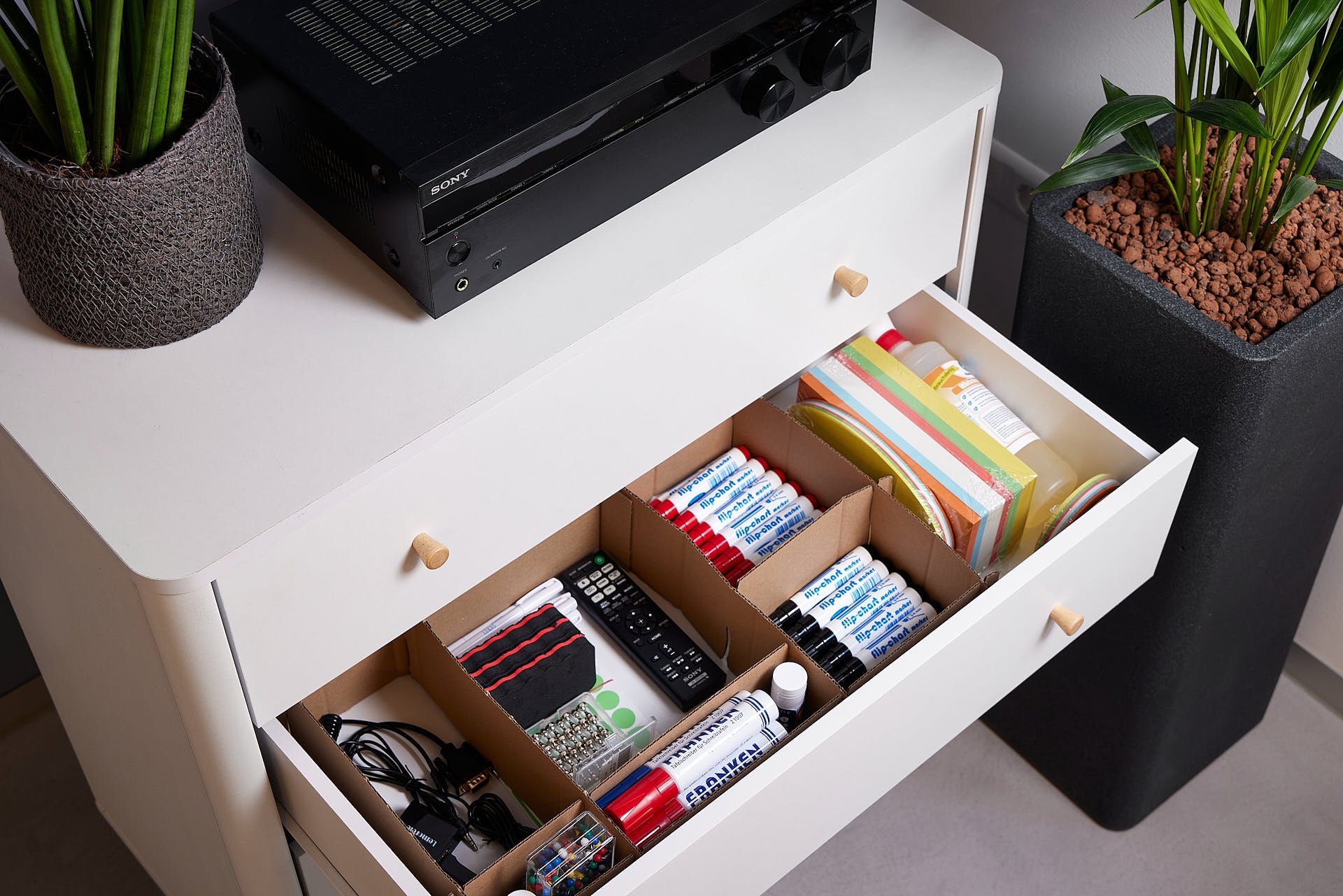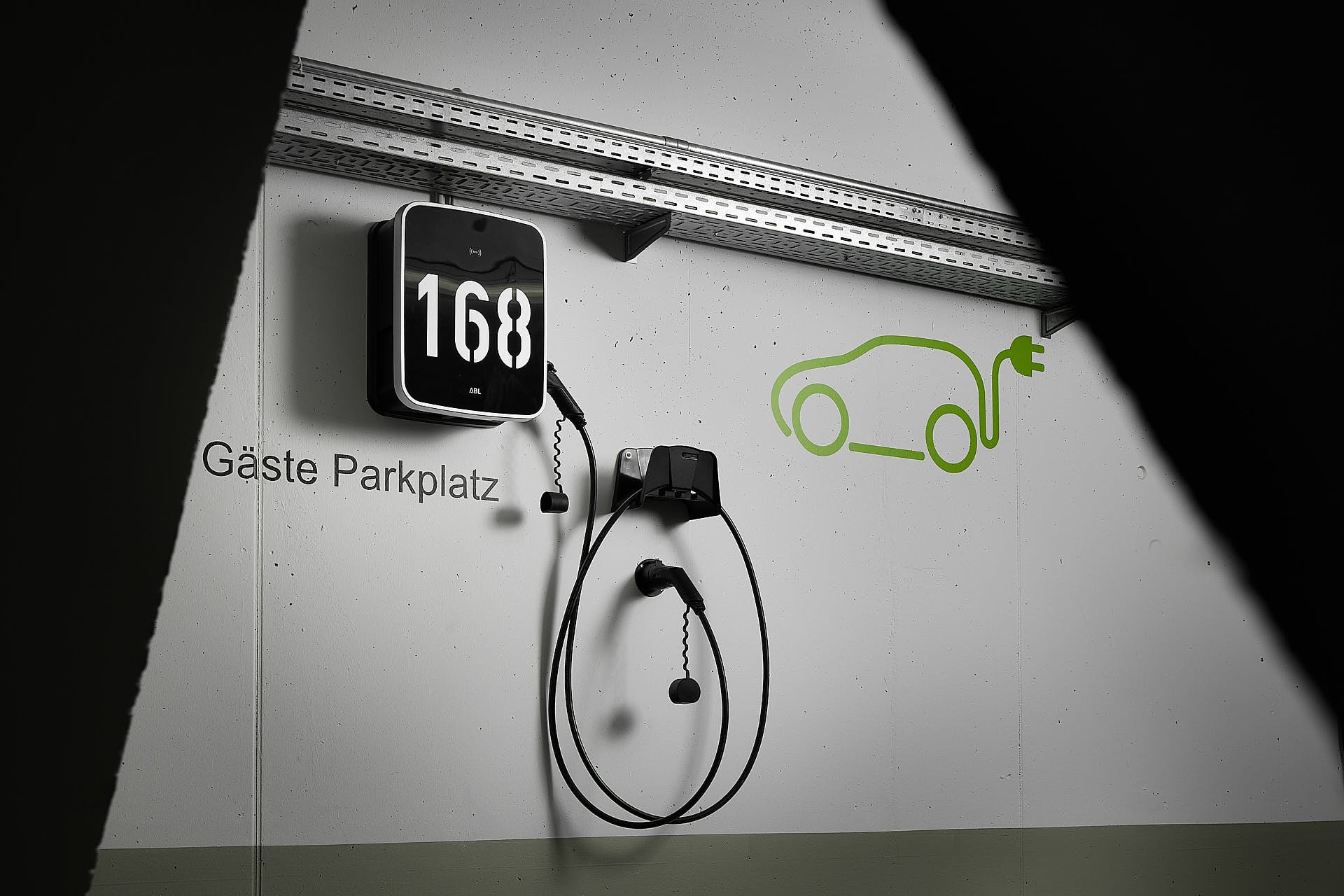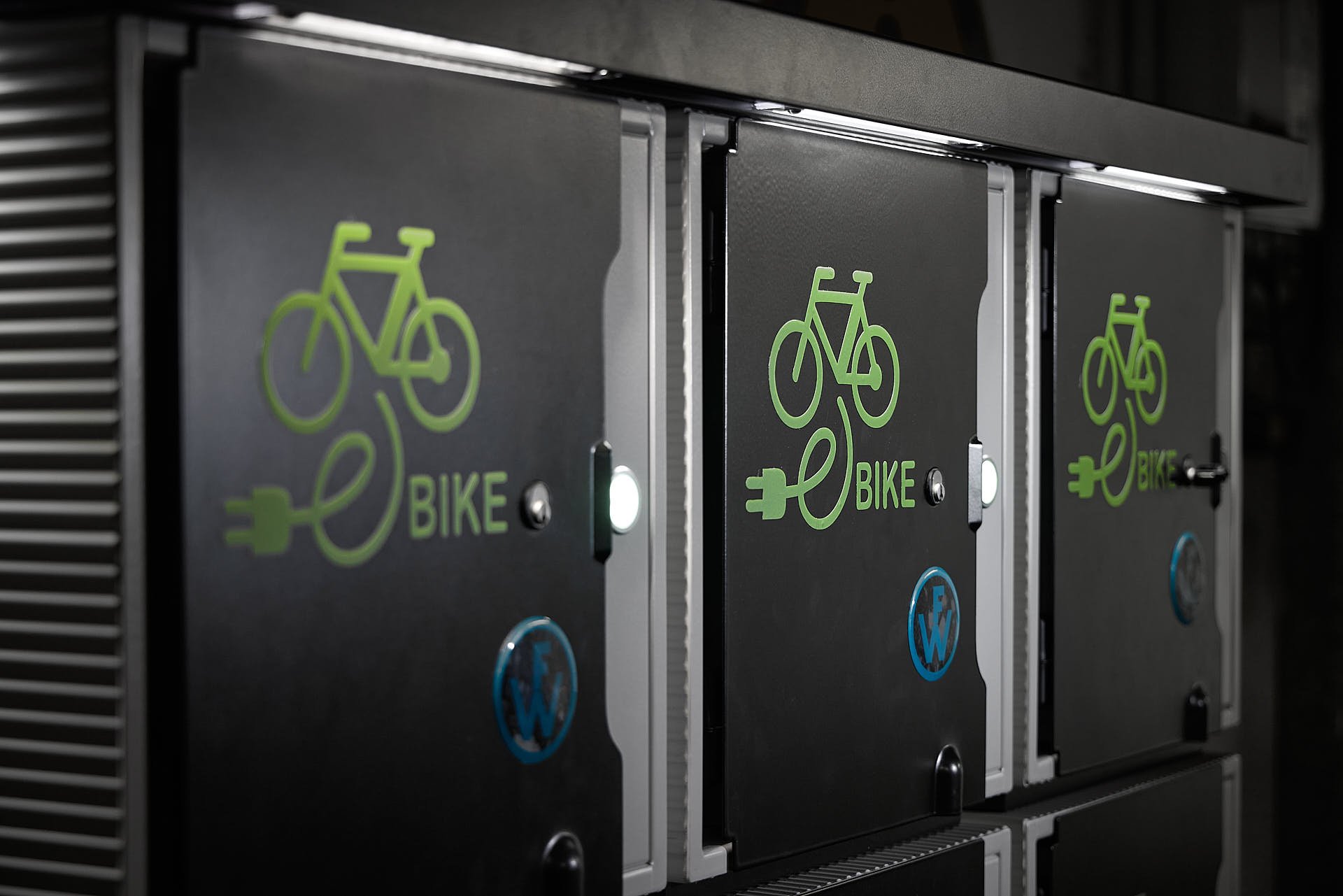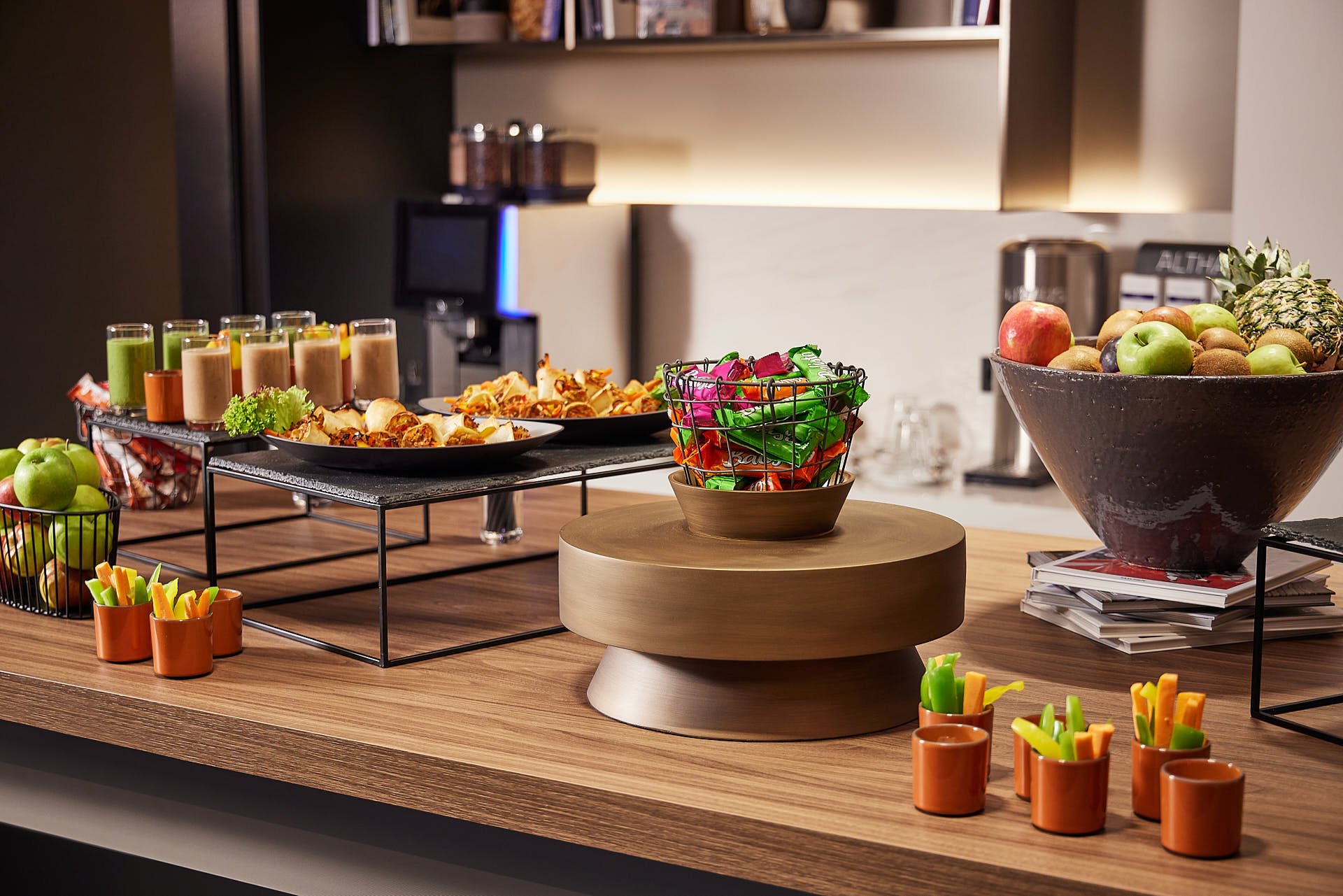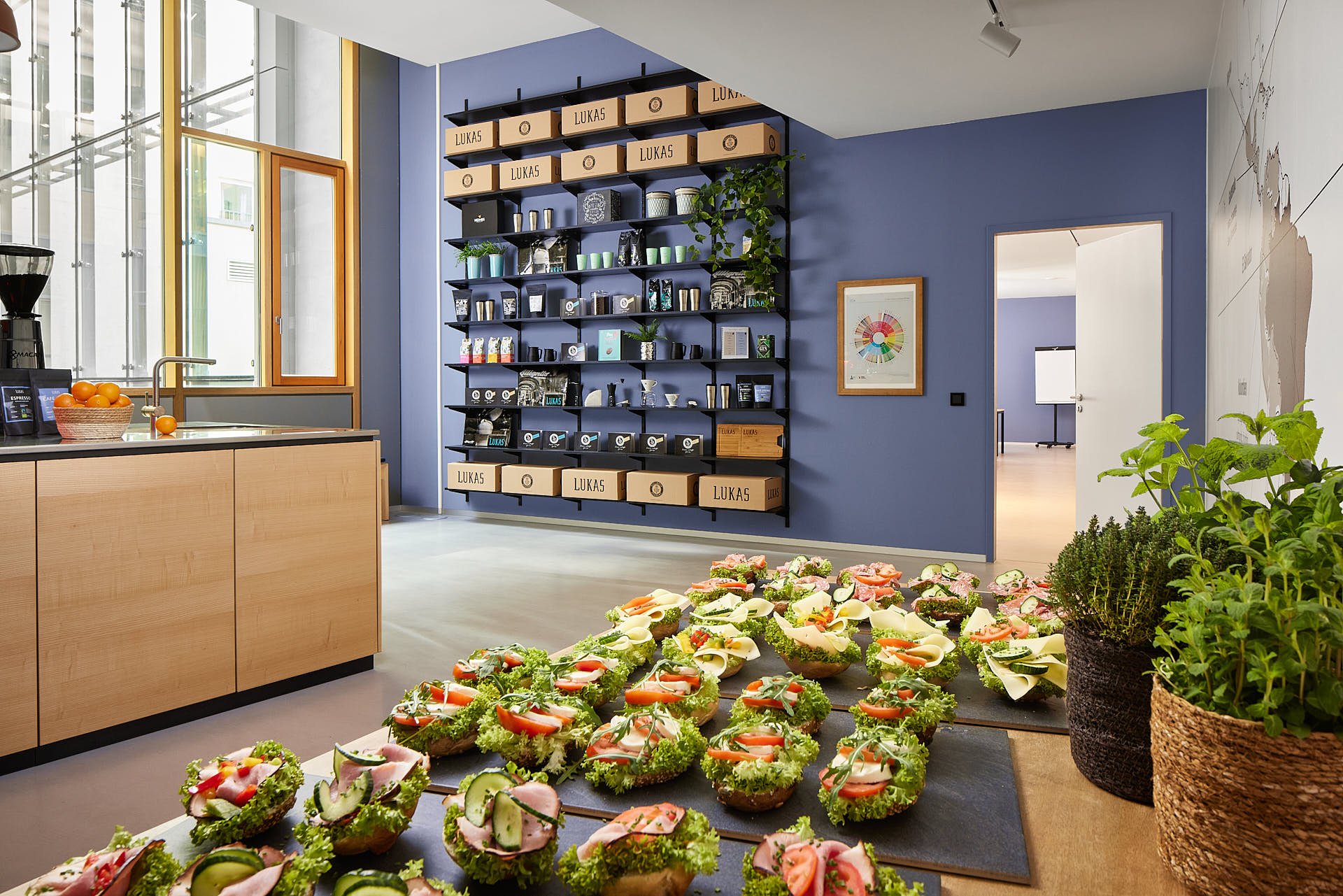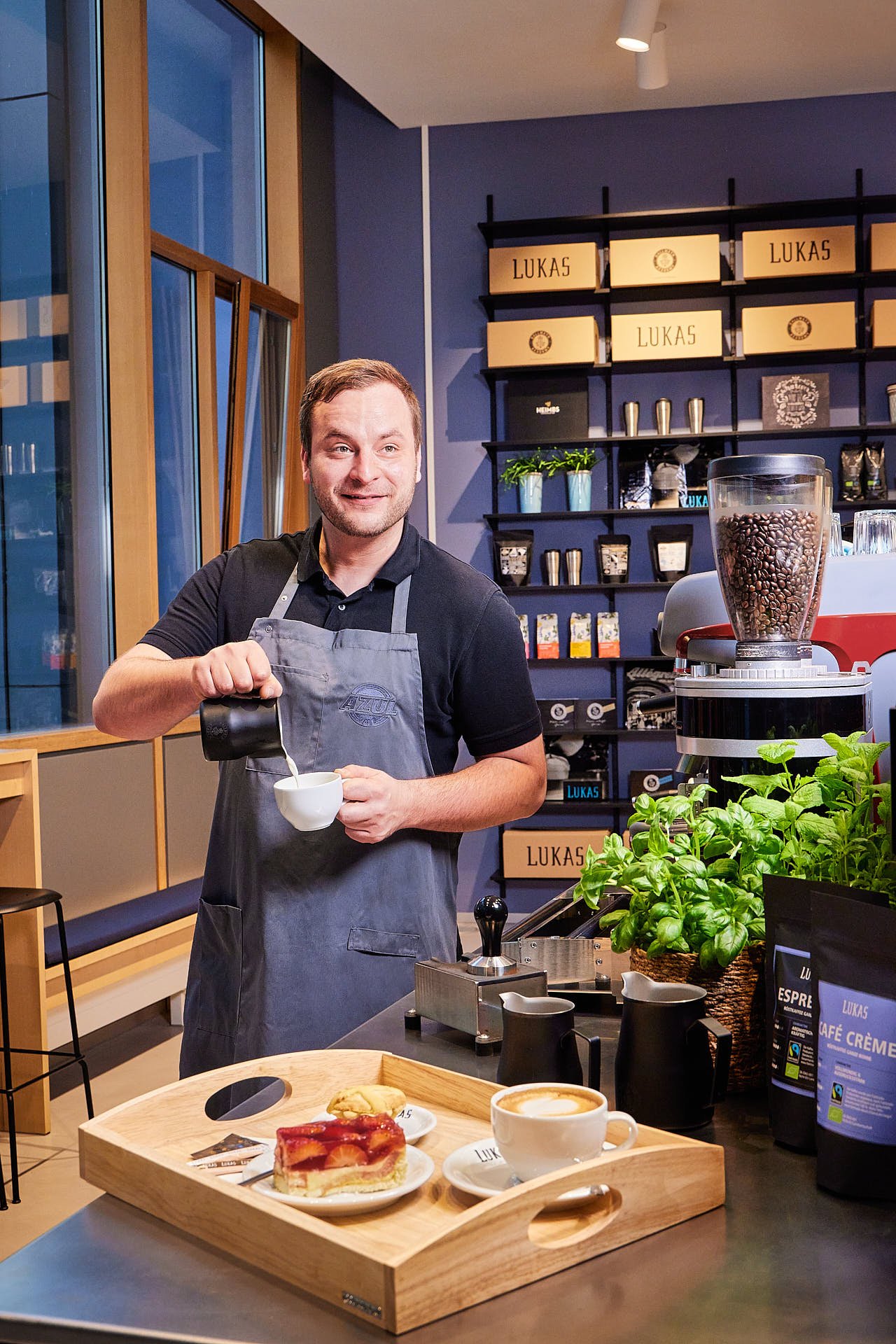3 Tips for Successfully Photographing Event Spaces
Photographing event spaces can be challenging. These spaces are often large and complex, making them difficult to capture effectively. However, if you aim to create a high-quality portfolio of photographs for your clients, thorough preparation for your photoshoot and partnering with an experienced photographer are essential. In this article, I will share three tips to help you successfully photograph your event spaces and create impressive images that will delight your clients. From selecting the right equipment to utilizing light and perspectives, I will demonstrate how to enhance the quality of your photos.
Preparation is key
To successfully photograph event spaces, ensure thorough preparation before commencing the shoot. Align the room's setup with your target clientele. For instance, conference attendees require different materials than employee meetings or wedding parties. If you aim to appeal to diverse client groups, producing distinct photo series for each customer segment makes sense. If you regularly collaborate with florists and caterers, scheduling a photoshoot on the day of an event can also help reduce costs for floral arrangements and food.
Also, plan in advance which seating arrangements you want to offer your guests and ensure that a conversion team is available on the shooting day. With multiple rooms, two teams working in parallel increase the efficiency of the photoshoot, allowing more images to be produced on a single shooting day. Create a shot list to keep track of which rooms are to be photographed with which seating arrangements and equipment.
Additionally, thorough cleaning is particularly important for the success of the shoots in order to avoid distracting elements in the photos. Make sure that the floors, carpets and tiles are clean and that window panes and curtains do not have any dirt edges. Whiteboards, tables and chairs are best cleaned with a damp cloth, drying the surfaces immediately afterwards with a cloth to avoid water stains. Ensure that the electrical equipment such as televisions, projectors, refrigerators and coffee machines are in working order. A uniform start image with your logo on all televisions can reinforce your brand communication. Cables should be stowed away to make the room appear tidy. Make sure that all your lamps are lit and have the same light color.
The right perspective
When photographing event spaces, pay attention to selecting the best perspectives. I recommend taking photos slightly below head height to provide an overview of the room that your guest can identify with, while also creating a more imposing sense of space. It also helps to create a photo from the speaker's desk, as this is a perspective that your customers often take. Show the entire room, but also detailed sections, in order to better represent the atmosphere of the event rooms. Different seating arrangements should be photographed from the same perspective in order to simplify the comparability of the spatial effect.
When setting up the furniture, pay attention to the alignment of doors, windows and lamps and align your furniture parallel to them. Your photographer can also provide excellent support here. Ensure even spacing between tables and chairs. It can help to align the furniture with carpet patterns, tile joints or parquet floorboards. Notepads, pens, glasses and bottles should be aligned evenly with each other and with the edges of the table. Use the width of your fingers and hands to check the distances. Aids such as tensioning a cord or a laser device can also help to achieve an even alignment of your tables and chairs in large rooms. Check the room from the perspective of the camera to get an impression of the final image.
Showcase equipment
Providing additional equipment in event spaces can be an effective way to generate more revenue. Technology such as projectors, televisions, and audio equipment can be essential for presentations and lectures, while moderation kits, flip charts, and whiteboards are needed for meetings and workshops. Breakout rooms and think tanks offer additional spaces for creative breaks or group work, while buffets, drinks, and snacks provide participants with energy for the day. In addition, parking spaces, car charging stations and bicycle charging stations can make the arrival of your conference guests more pleasant. Your employees also offer your guests great added value when setting up the technology and providing food and drinks.
Use high-quality images of your additional equipment to show the added value you offer your conference guests and which upgrades they can book for their event. By offering this additional equipment, you can increase the added value of your event rooms and thus appeal to potential customers who are willing to pay for additional comfort.
Bonus: Video of the venue
A video of an event space has the advantage that it reaches conference guests emotionally even more deeply than a photo. Through the movement and the possibility of viewing a room in 360 degrees, potential customers can better imagine what their event will look like in the room. A video also offers the opportunity to convey different moods through music. With a speaker and superimposed graphics, you can provide your customers with a lot of information about your event rooms in a short time. This allows potential customers to get the feeling of actually being there and better immerse themselves in the atmosphere of the room. This can lead to an emotional connection that positively influences the decision to book. Ultimately, the ability to visualize a room not only through high-quality photographs but also through a video can lead to more bookings, as your customers feel more secure and comfortable when they know exactly what to expect.
Summary
Preparing your venue for a photoshoot may seem lengthy, but remember that you will be using these photos for several years. It is important to prepare well before the photo shoot and communicate with your photographer to remove any obstacles and produce high-quality photos. Here is a summary to successfully photograph your event rooms:
Create a shot list for all rooms and seating arrangements
Create a list of additional equipment to be photographed
Align room equipment with the target audience
Ensure functionality and cleanliness of your equipment
Take photos from your customers' perspective
Pay attention to room alignments
Perfect alignment of all room elements
A video of your event space can give your customers a quick and emotional overview

